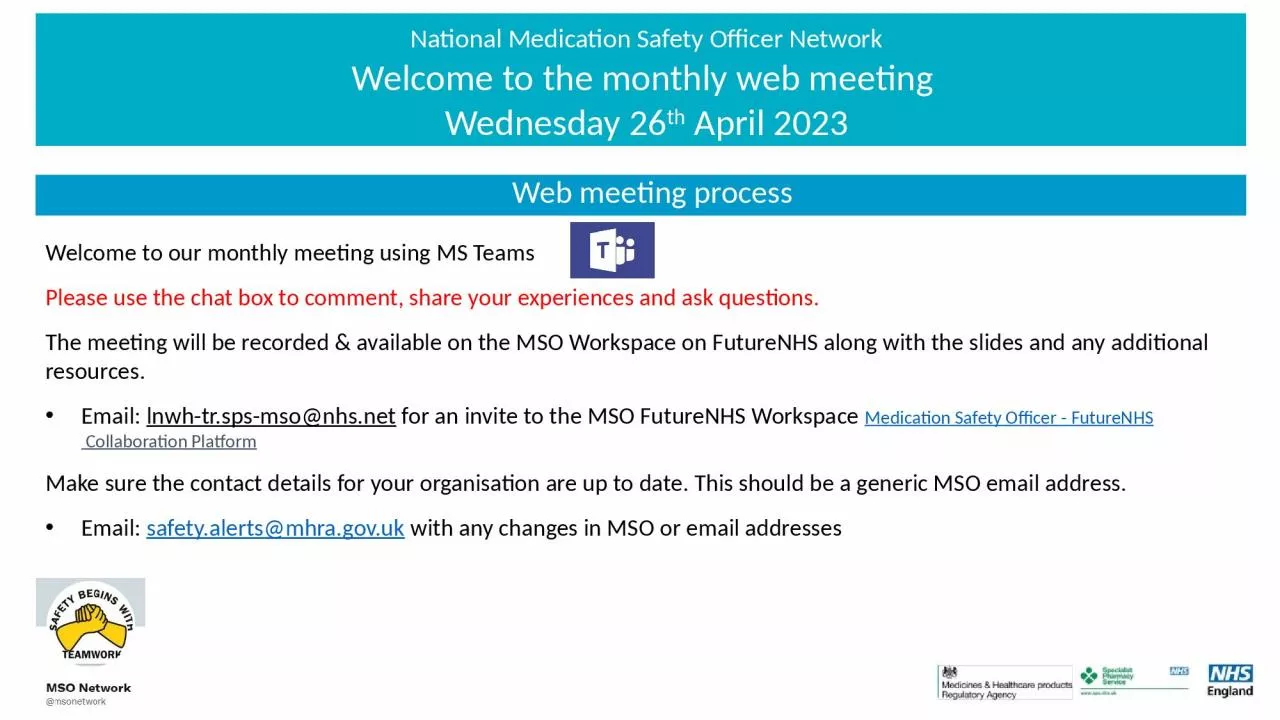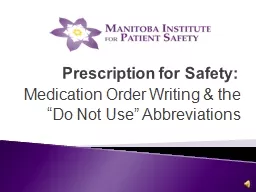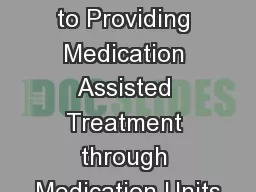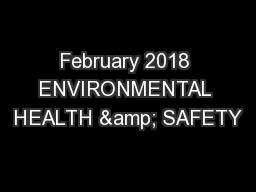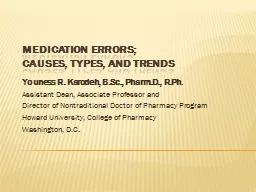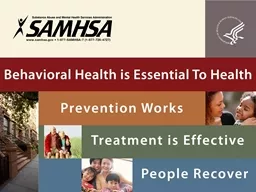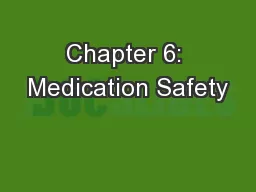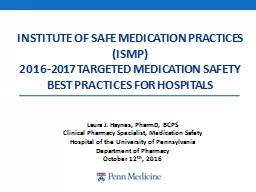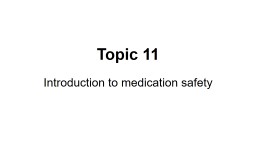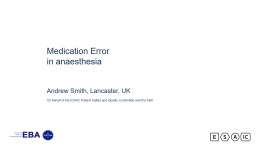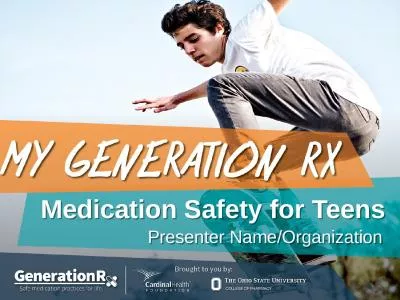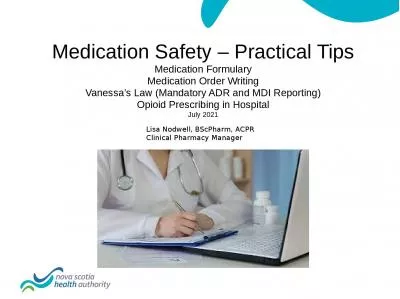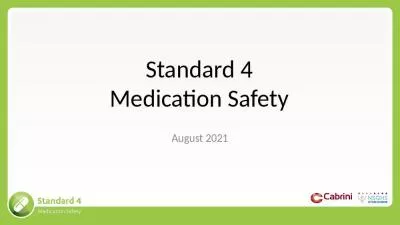PPT-National Medication Safety Officer Network
Author : finley | Published Date : 2024-02-09
Welcome to the monthly web meeting Wednesday 26 th April 2023 Web meeting process Welcome to our monthly meeting using MS Teams Please use the chat box to comment
Presentation Embed Code
Download Presentation
Download Presentation The PPT/PDF document "National Medication Safety Officer Netwo..." is the property of its rightful owner. Permission is granted to download and print the materials on this website for personal, non-commercial use only, and to display it on your personal computer provided you do not modify the materials and that you retain all copyright notices contained in the materials. By downloading content from our website, you accept the terms of this agreement.
National Medication Safety Officer Network: Transcript
Download Rules Of Document
"National Medication Safety Officer Network"The content belongs to its owner. You may download and print it for personal use, without modification, and keep all copyright notices. By downloading, you agree to these terms.
Related Documents

